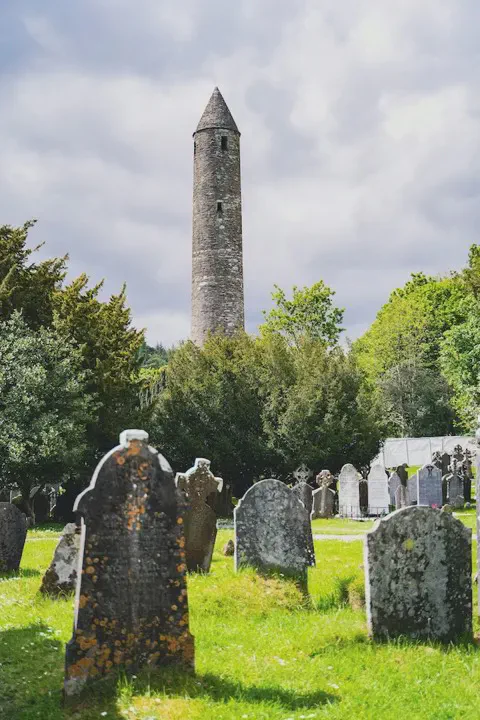- /
- Celtic calendar /
- 5th /
- May 31 /
- May 31, 1922

The Royal Ulster Constabulary (RUC) was name of the police force in Northern Ireland from 1922 to 2001. It was founded on 1 June 1922 out of the Royal Irish Constabulary (RIC). At its peak the force had around 8500 officers with a further 4500 reservists, officially members of the RUC Reserve, but in practice members of the RUC, unlike the earlier Ulster Special Constabulary which was a force in its own right, with its own rank structure. It was renamed as the Police Service of Northern Ireland (PSNI) in 2001.
The RUC officially came into existence on 1 June 1922. The forces new headquarters were established at the Atlantic Buildings in Belfast, and Charles Wickham was the first Inspector-General. The force was largely identical to the RIC - with the twin duties of law enforcement and maintenance of the political status quo. Like the RIC, and in contrast to Great Britain and the rest of Ireland, all members of the new force were armed and wore a dark green uniform as opposed to the dark blue worn by the British police and the Garda Síochána.
The new RUC was immediately involved in dealing with the sectarian rioting and assassinations in Belfast and Londonderry. A District Inspector Nixon, formerly of the RIC, is infamous in Belfast Catholic folk memory for having allegedly organised and taken part in sectarian murders of Catholics (especially those of the entire McMahon family) in the city during Northern Irelands turbulent birth. He later became an independent unionist MP. However, as the 1920s progressed violence soon fell sharply away and was only briefly revived by the economic downturn of the 1930s, although the IRA kept its hand in with sporadic bombing campaigns in Northern Ireland and Great Britain. During World War II, the main concern of the RUC was smuggling from across the border and the enforcement of wartime regulations. In April 1943 women were allowed to join the force for the first time.